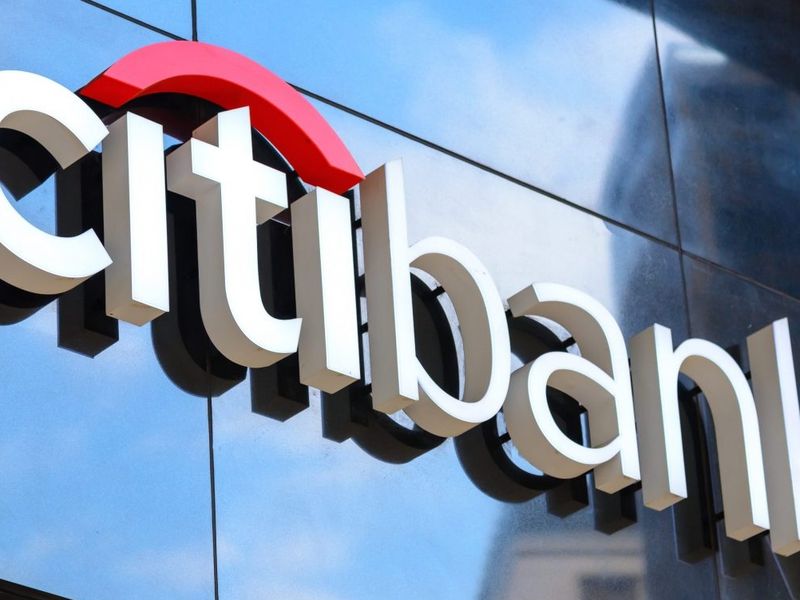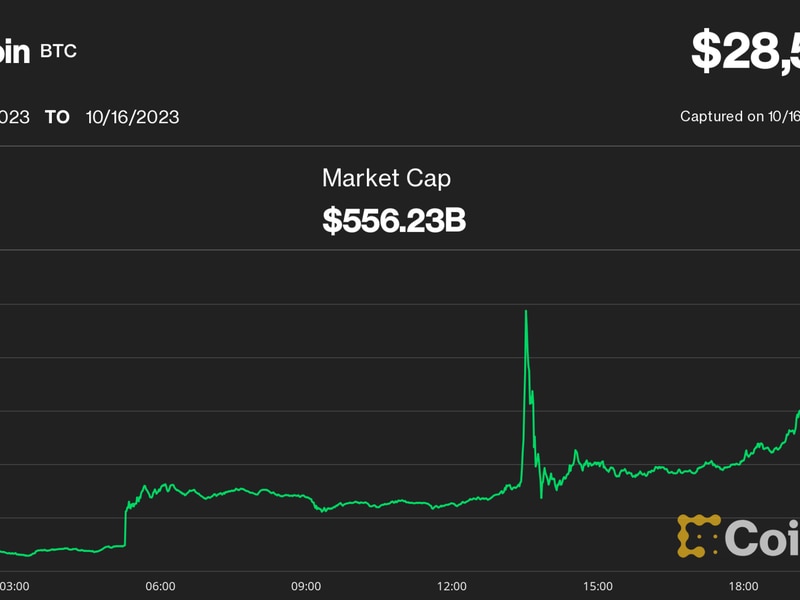XRP
Created in 2014, XRP is the native asset of the XRP ledger, developed by Ripple Labs, that uses blockchain technology to improve cross-border payments.
XRP is used on xRapid to provide liquidity in cross-border payments that involve illiquid trading pairs. 100 billion tokens were created at the project’s launch in 2012. 80 billion was held by Ripple Labs to help with operations and liquidity, and the rest was allocated to the founders.
Ripple periodically puts more XRP into circulation, In 2017, the company transferred the remaining 55 billion tokens into an escrow account, from where it could sell a maximum of a billion tokens a month to investors. At the end of each selling period, unsold tokens are returned to escrow and re-distributed for a later selling period.
Between 2016 and 2018, the company sold approximately 300 million per month. In Q4 2020, XRP sales dropped even further after Ripple stopped selling tokens to exchanges. The escrow account held approximately 48.9 billion tokens at the start of 2020.
Network Design & Security Model
Ripple developed the XRP ledger to facilitate cross-border payments between banks around the world. The ledger is a decentralized network of peer-to-peer servers that powers relevant operations. XRP is the native token and is intended to act as a “bridge” between different fiat currencies.
The XRP ledger uses the Ripple Consensus Algorithm, which differs from proof-of-work and proof-of-stake mechanisms in that network participants are known and trusted by other participants. Unlike miners, they are not rewarded for securing the network. Once validators agree, a new block – a “ledger version” – is created and validated. The block’s content cannot be changed. This allows servers in the network to store a complete history of the ledger state.
In order to access the XRP ledger, connected applications must run a JavaScript application programming interface (API). This ledger is open source.
Transaction Processing
According to Ripple’s XRP documentation, the ledger settles payments in under 5 seconds and can handle over 1,500 transactions per second. A small amount of XRP – about 10 drops (0.00001 XRP) – is destroyed to cover transaction fees. The transaction cost is designed to increase, along with the load of the network, to disincentivize users from the network at busy periods.
All XRP transactions are executed and settled on the ledger.









